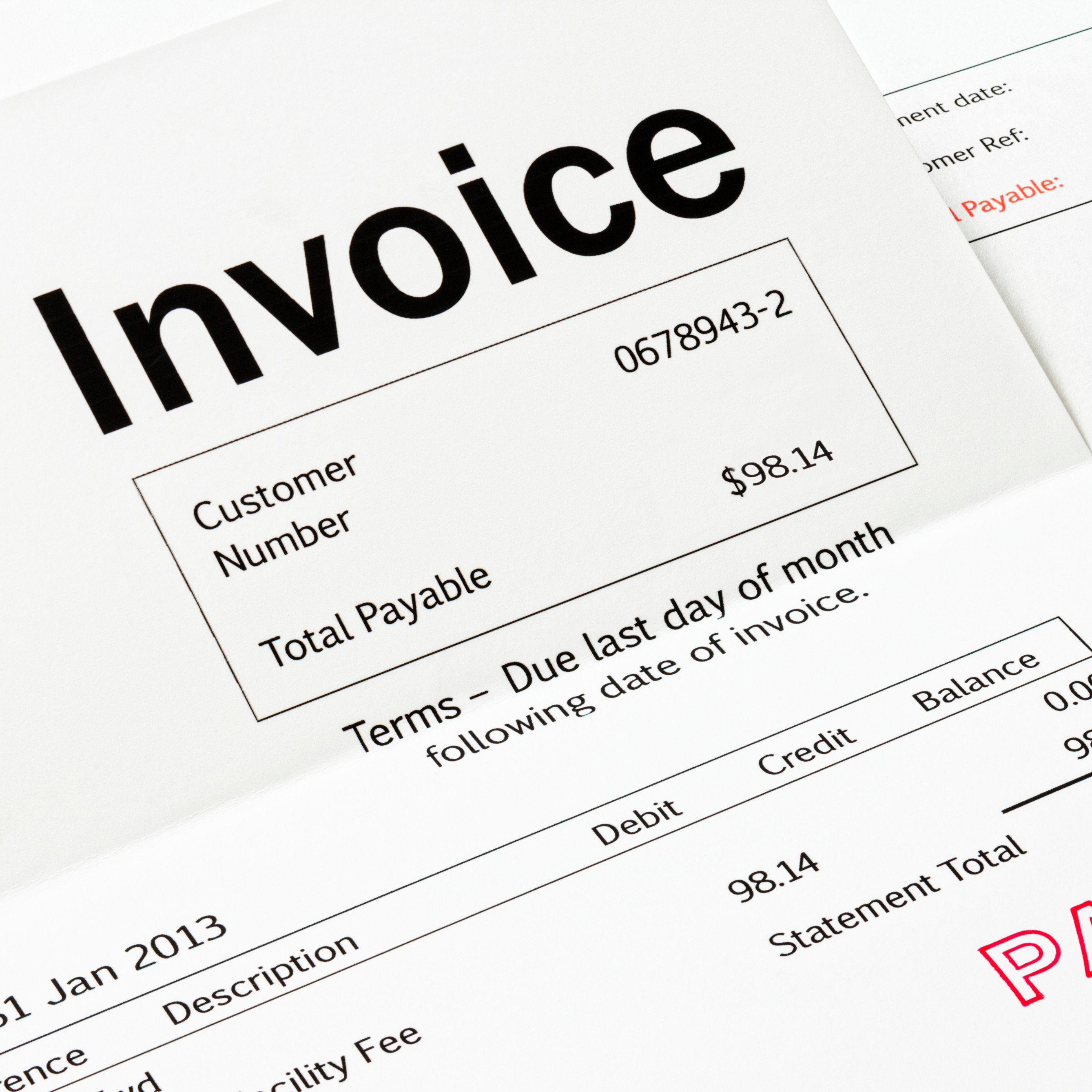
Invoice finance allows Australian small businesses to access cash tied up in unpaid invoices, typically receiving 80-90% of the invoice value within 24-48 hours. Also called debtor finance or factoring, this solution addresses cash flow gaps caused by 30-90 day payment terms. Rates typically range from 1-3% per month (or 12-36% annualized) as of 2025, varying by invoice amount, debtor quality, and your business profile. Unlike traditional loans, invoice finance is secured against your receivables rather than requiring asset security, making it accessible for service businesses and growing companies.
Small businesses often face a challenging paradox: winning contracts and delivering work successfully, yet struggling with cash flow while waiting 30, 60, or even 90 days for customer payments. Invoice finance provides a solution by unlocking this cash, allowing businesses to maintain operations, pay suppliers, cover wages, and take on new work without delay.
📄 Navigation Guide
- → How Invoice Finance Works
- → Invoice Finance vs Debtor Finance vs Factoring
- → Who Benefits from Invoice Finance?
- → Costs and Rates
- → Advantages of Invoice Finance
- → Considerations and Limitations
- → Invoice Finance vs Traditional Business Loans
- → Alternative Working Capital Solutions
- → Getting Started with Invoice Finance
- → Compare Your Options
How Invoice Finance Works
The process is designed to be fast and simple, converting your unpaid invoices into cash in a few steps:
1️⃣ Deliver Work and Invoice
You complete work for your customers and issue invoices with standard payment terms (e.g., 30-90 days).
2️⃣ Submit Invoice for Funding
You submit the approved invoices to the finance provider, who verifies the details.
3️⃣ Receive Immediate Advance
You receive typically 80-90% of the invoice value within 24-48 hours.
4️⃣ Customer Pays Invoice
Your customer pays the invoice according to the original terms.
5️⃣ Receive Balance
Once the payment is received, the finance provider pays you the remaining balance (10-20%), minus their fees.
Invoice Finance vs Debtor Finance vs Factoring
These terms are often used interchangeably, though subtle differences exist:
- Invoice Finance (Confidential): Your customer is often unaware you’re using finance. You typically maintain control over the collection process.
- Invoice Factoring (Non-Confidential): The finance provider takes over invoice collection, and your customers pay them directly.
- Debtor Finance: A broader term covering both confidential and non-confidential arrangements, referring to any finance secured against your debtors.
Who Benefits from Invoice Finance?
This solution is ideal for B2B companies that have strong customers but face cash flow pressure due to long payment terms.
Service Businesses:
- Consulting, IT, marketing, and recruitment agencies.
- Contract workers and subcontractors.
Trade and Construction:
- Building companies and contractors (electrical, plumbing, HVAC).
- Maintenance and landscaping services.
Business-to-Business (B2B) Suppliers:
- Wholesale distributors and manufacturing suppliers.
Growing Businesses:
- Companies securing larger contracts, expanding rapidly, or start-ups with strong customer bases.
For growing businesses, invoice finance complements other business finance options by providing flexible funding tied directly to sales.
Costs and Rates
Invoice finance pricing typically includes a service fee, which ranges from 1-3% per month (12-36% annualized), calculated on the invoice amount. This varies based on invoice volume, your industry, and your customers’ creditworthiness.
Example Scenario: A small business finances a $10,000 invoice.
Advance Rate: 85%
Cash Received Immediately: $8,500
Service Fee (2% for 30 days): ~$200
Net cash flow improvement: Immediate access to $8,300 instead of waiting 30 days for the full amount.
⚠️ This example is for illustration only. Actual fees depend on individual circumstances.
Advantages of Invoice Finance
⚡ Fast Access to Cash
Receive funds in 24-48 hours, far quicker than traditional lending.
📈 Scalable Funding
The more you invoice, the more funding you can access. It grows with your sales.
🚫 No Asset Security Required
Your invoices act as the security, making it ideal for service-based businesses with limited physical assets.
👍 Maintain Customer Relationships
Confidential arrangements allow you to manage customer collections as normal.
Considerations and Limitations
- Cost: Invoice finance is typically more expensive than traditional term loans.
- Customer Dependency: The facility relies on your customers paying their invoices in a timely manner.
- Business Type: It works best for B2B businesses and is less suitable for B2C or retail models.
- Concentration Risk: Heavy reliance on a small number of customers may affect approval.
Invoice Finance vs Traditional Business Loans
For businesses needing equipment alongside working capital, combining invoice finance with asset finance solutions may provide comprehensive funding.
Alternative Working Capital Solutions
- Business Overdraft: A line of credit for short-term fluctuations.
- Trade Finance: Short-term finance specifically for purchasing inventory.
- Business Line of Credit: A flexible borrowing facility that can be secured or unsecured.
Getting Started with Invoice Finance
To get started, you will typically need to provide recent invoices, customer details, business financials or bank statements, and director identification. Providers will assess your monthly invoice volumes, average values, and your customers’ creditworthiness.
Compare Your Options
While invoice finance can solve immediate cash flow challenges, rates and terms vary significantly between providers. It is crucial to compare service fees, advance percentages, and any minimum contract terms.
Related Resources
Explore these related guides to learn more about business asset financing options:
Disclaimer: This guide provides general information about invoice finance for small businesses in Australia. Rates, fees, terms, eligibility criteria, and outcomes vary by provider and individual circumstances. All examples are for illustration purposes only. This information does not constitute financial advice. Consider total costs and alternatives before committing to invoice finance arrangements. Always consult qualified professionals before making financing decisions. All finance applications are subject to provider assessment and approval.
| Loan Phone www.loanphone.com.au | loans@loanphone.com.au |
Last updated: October 3, 2025